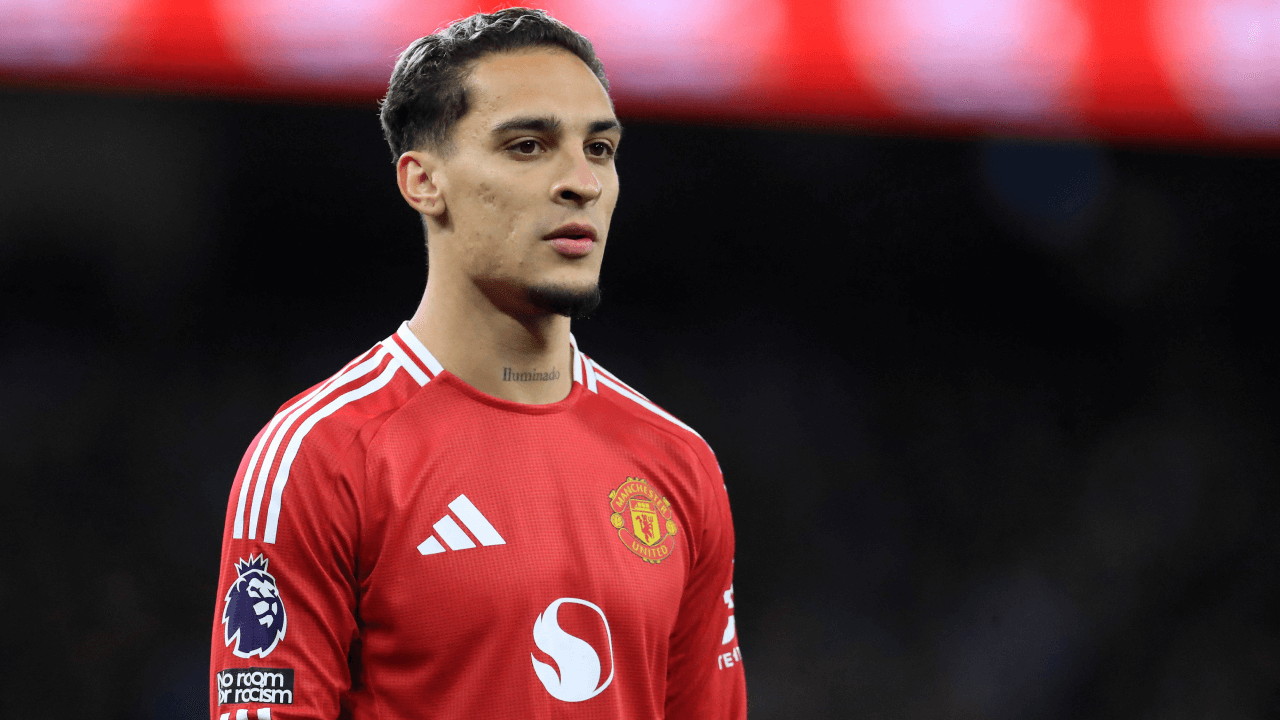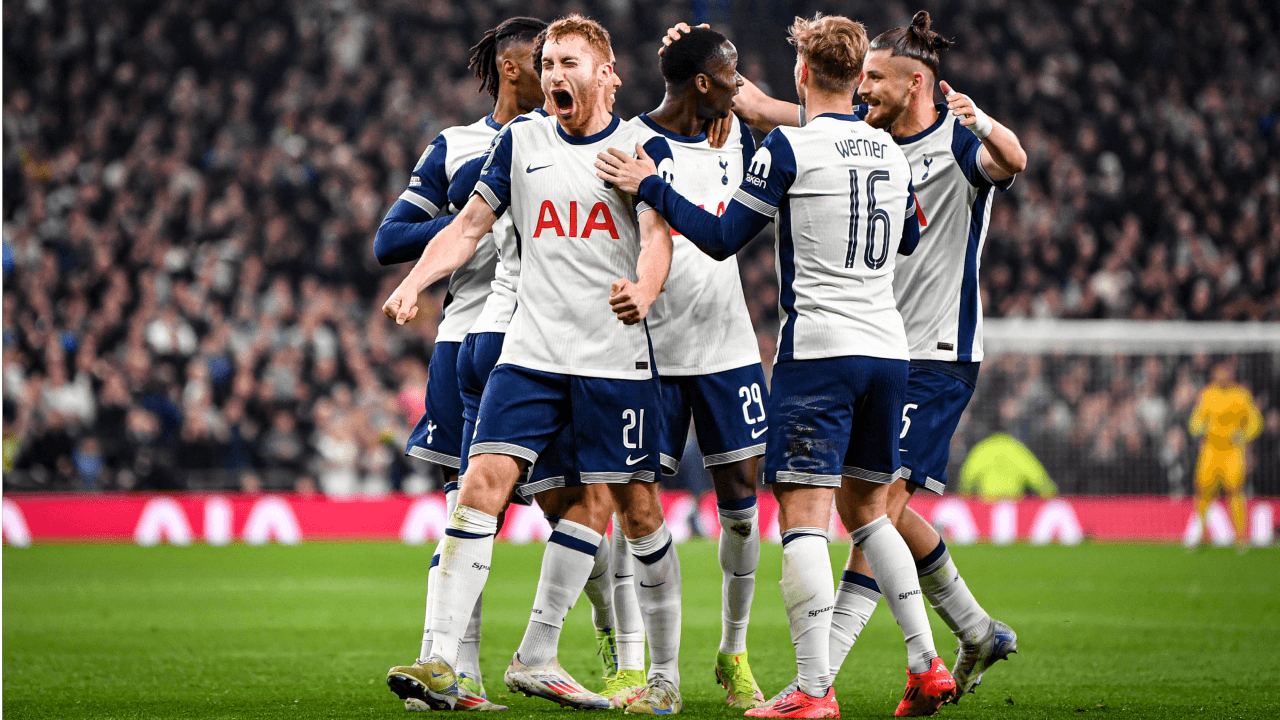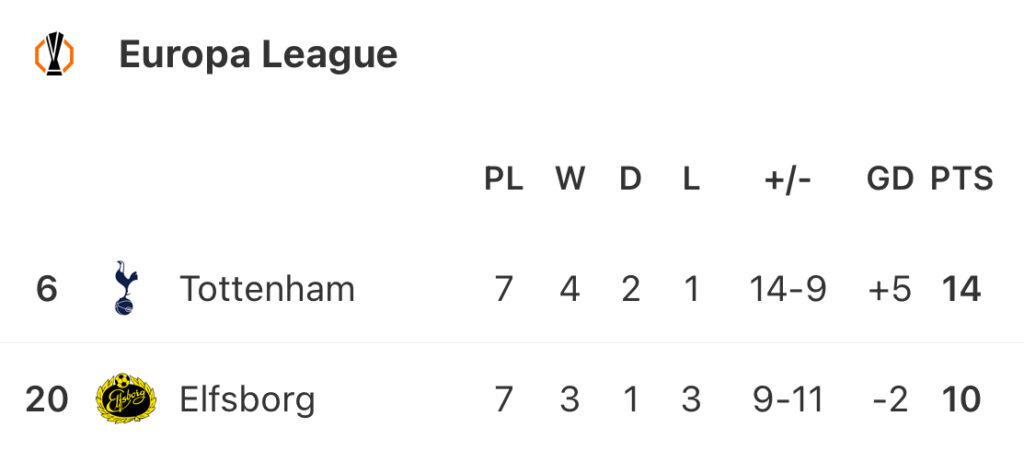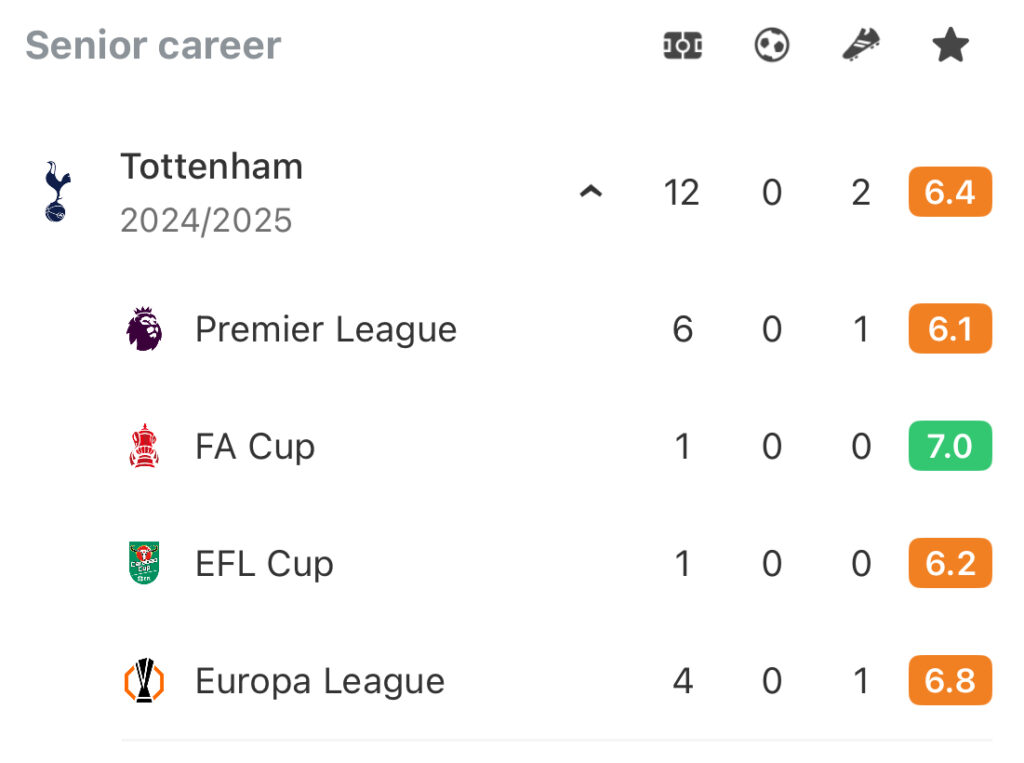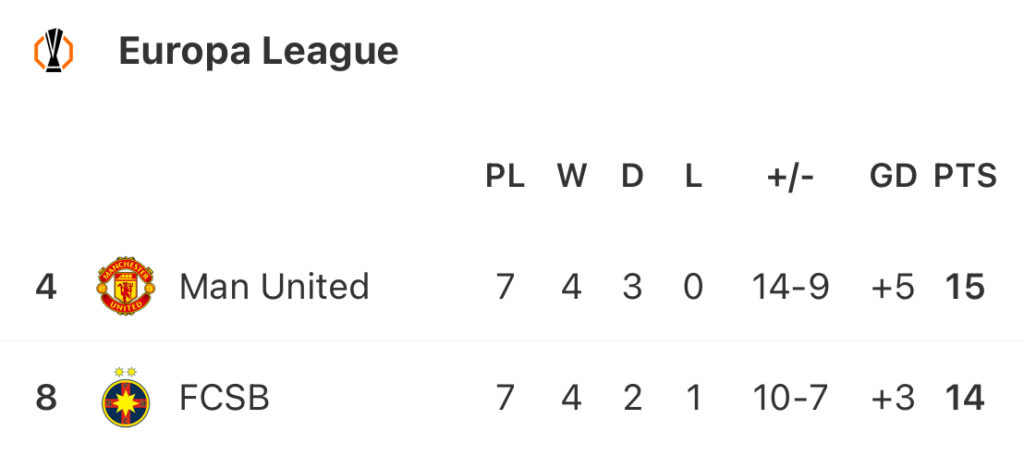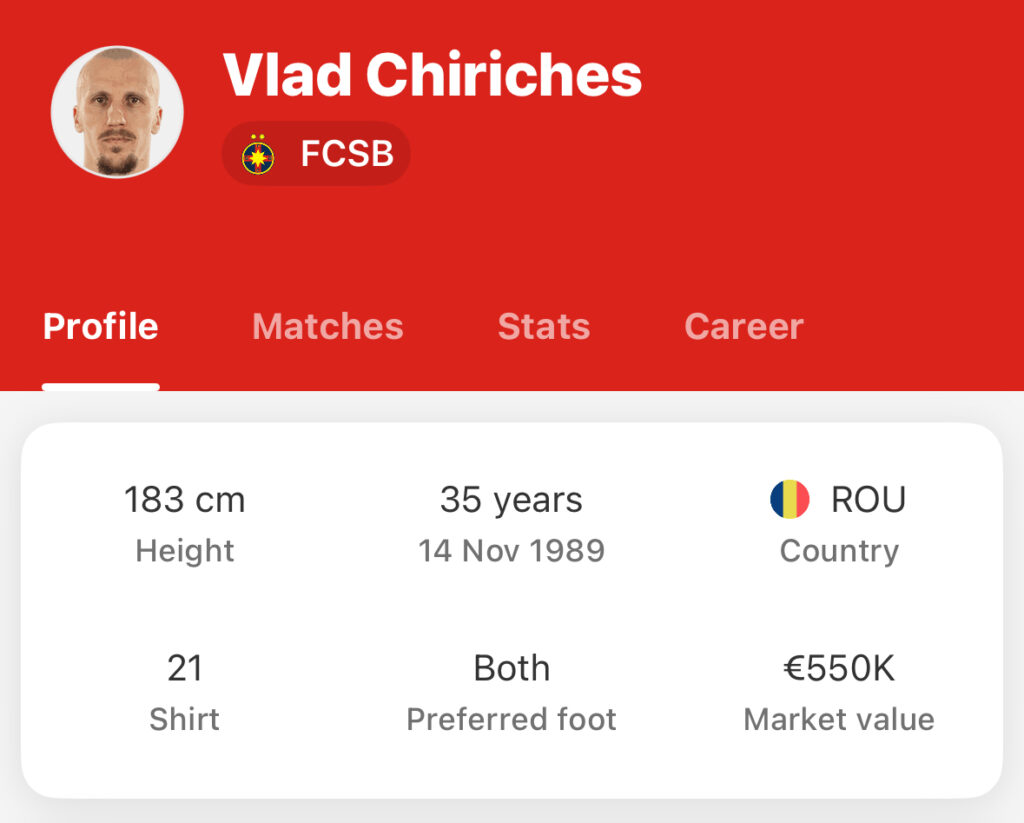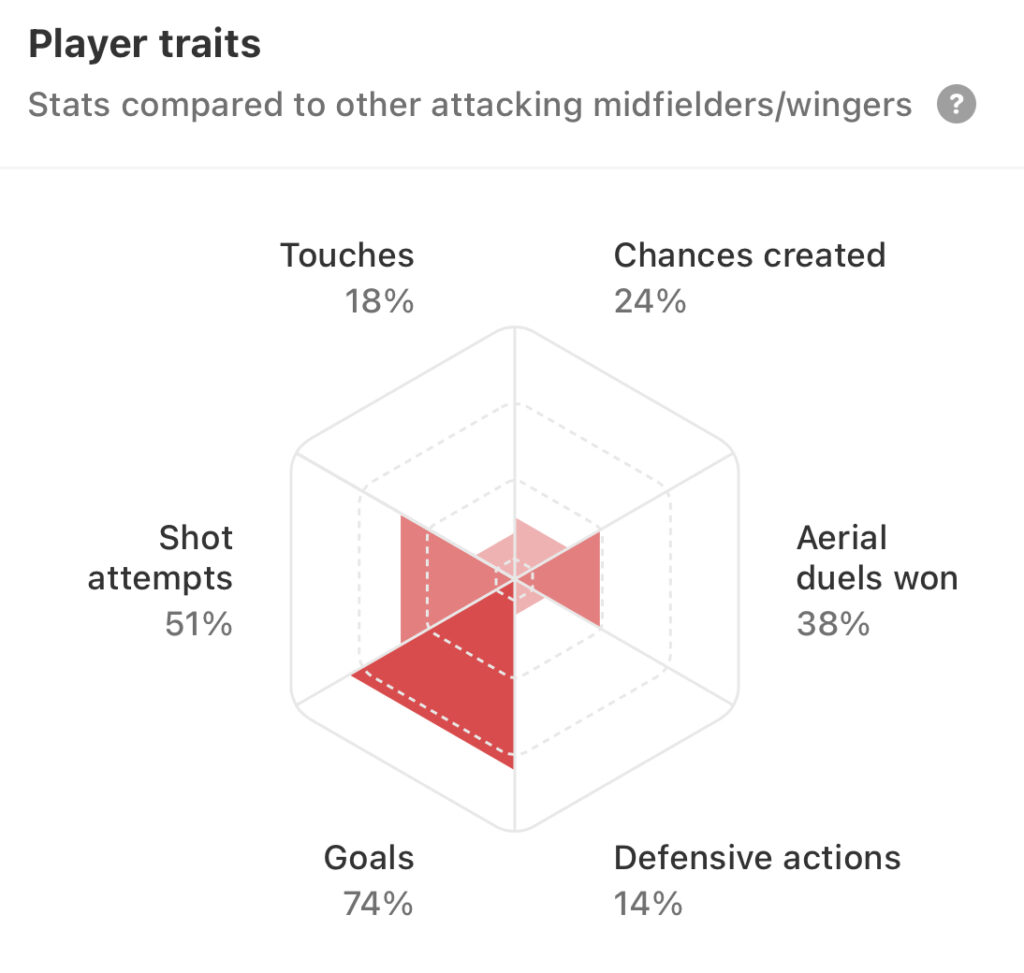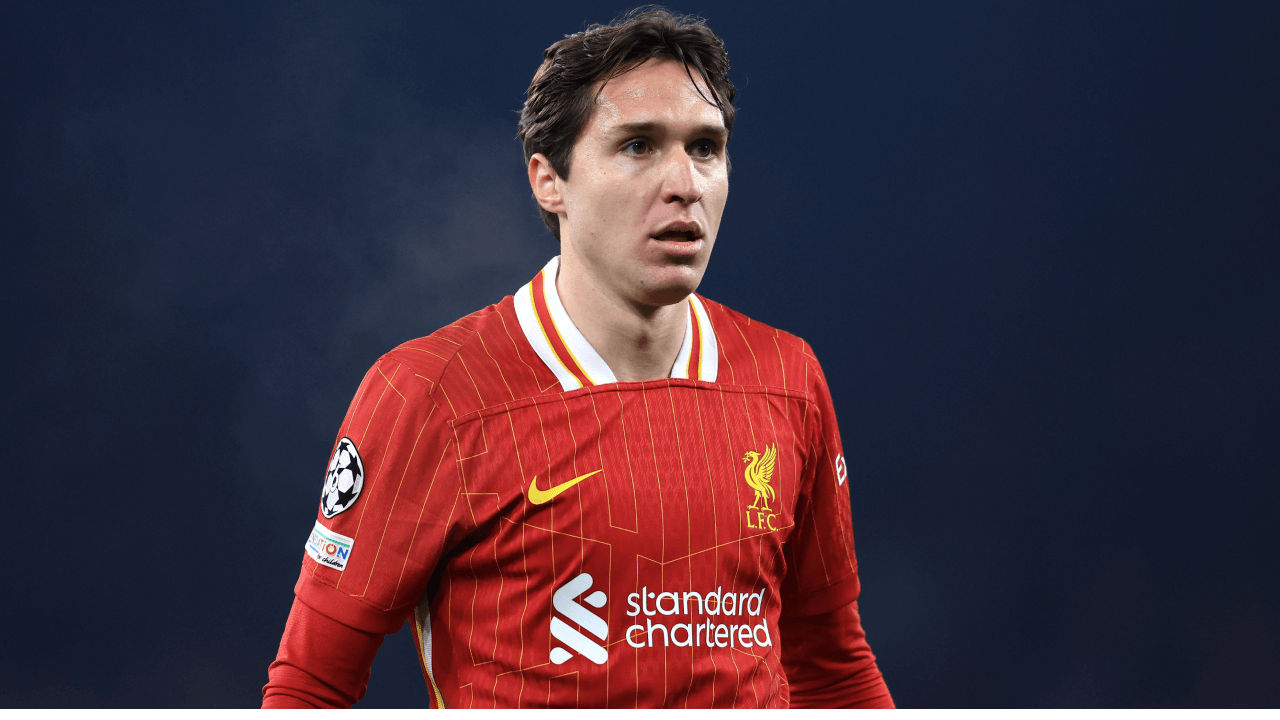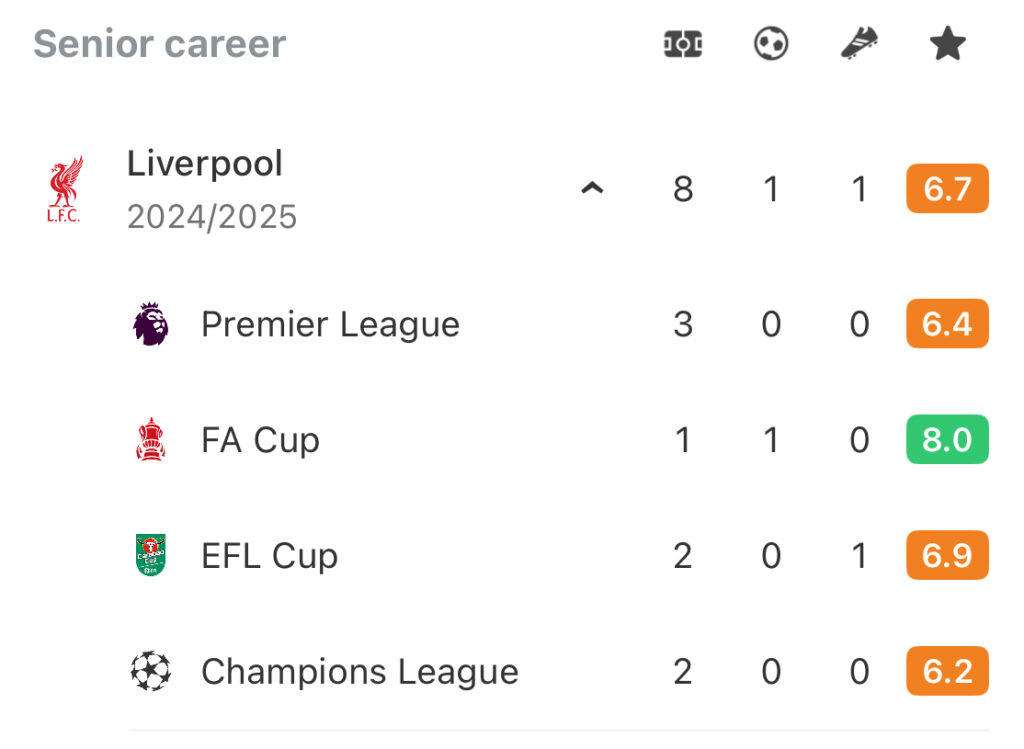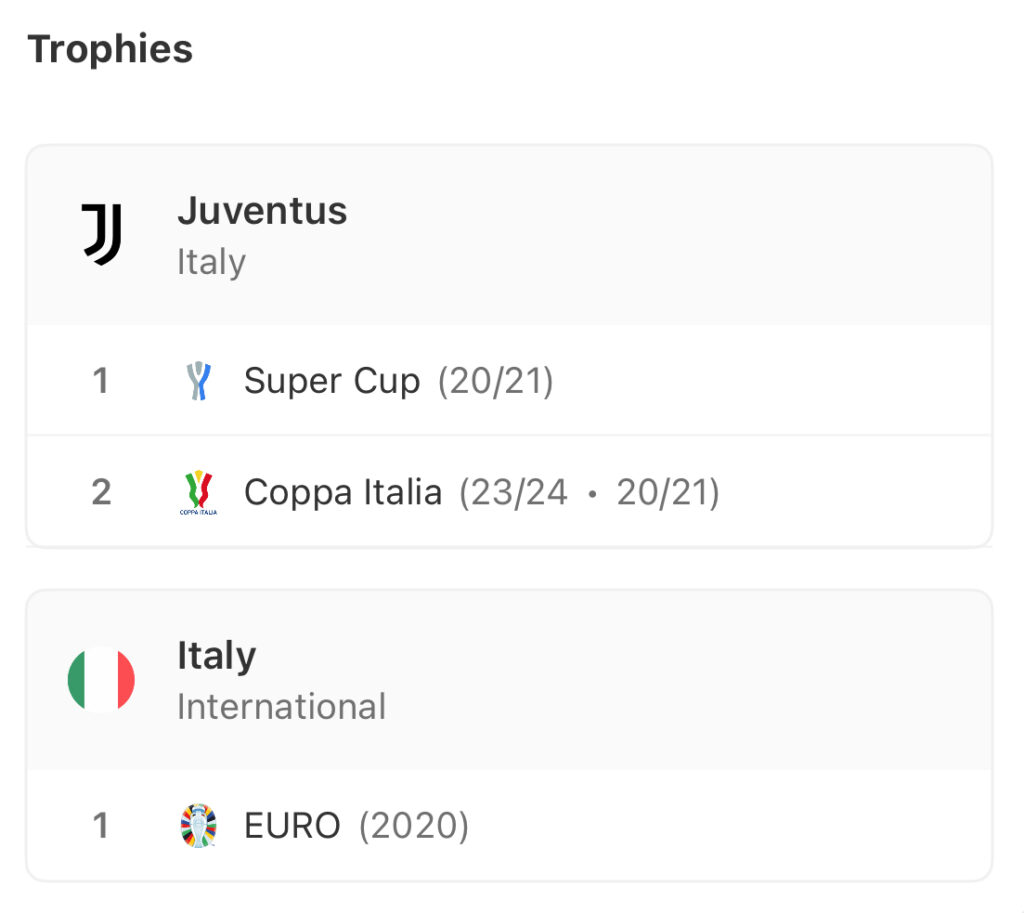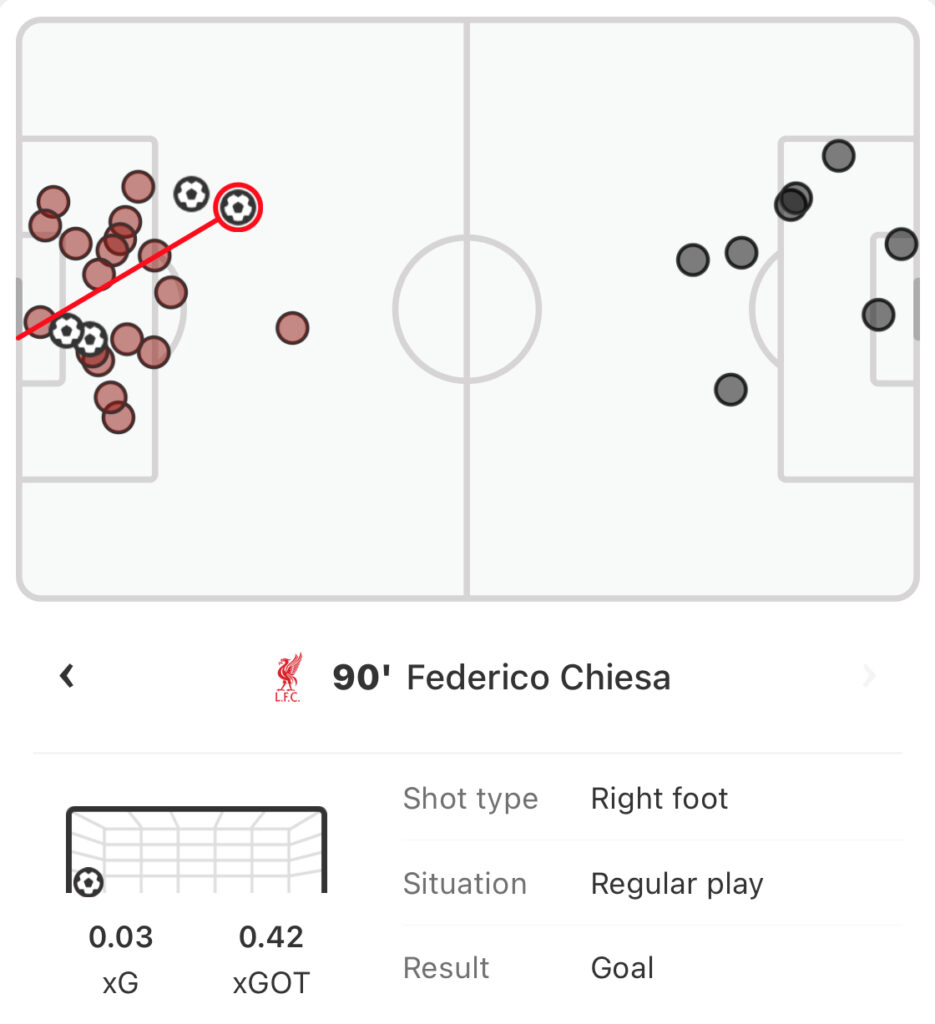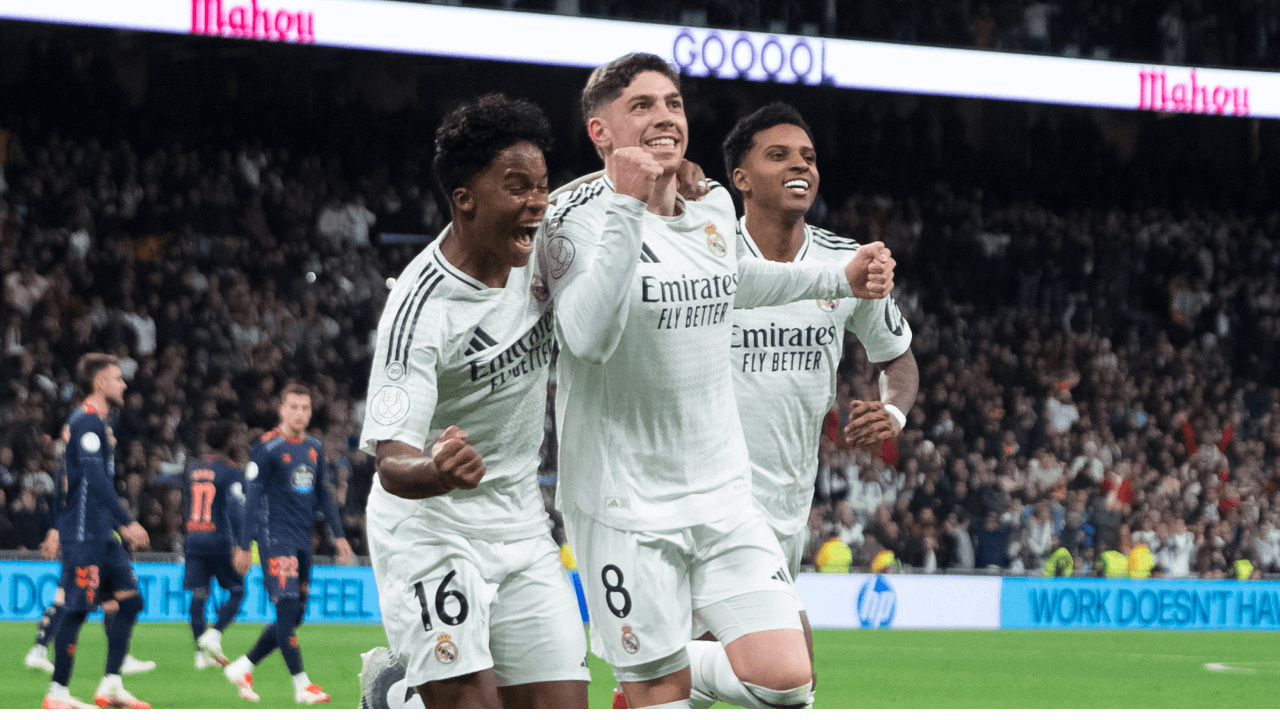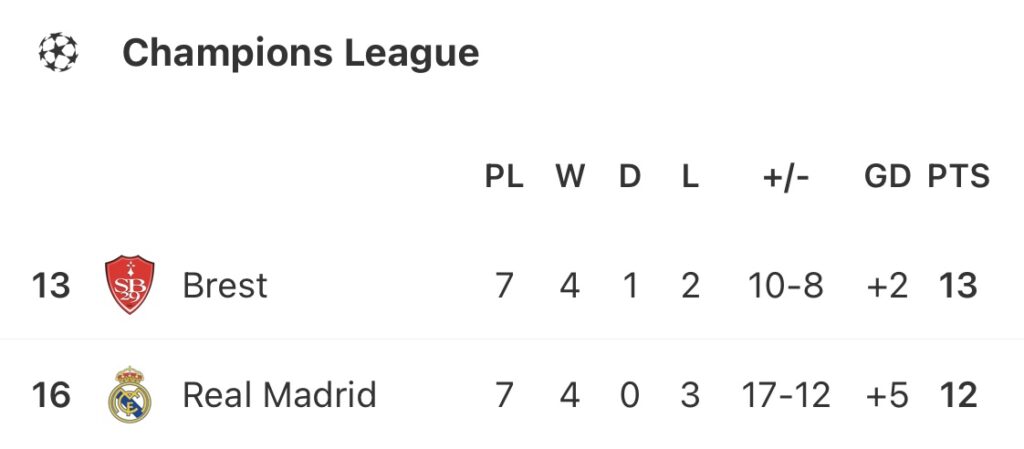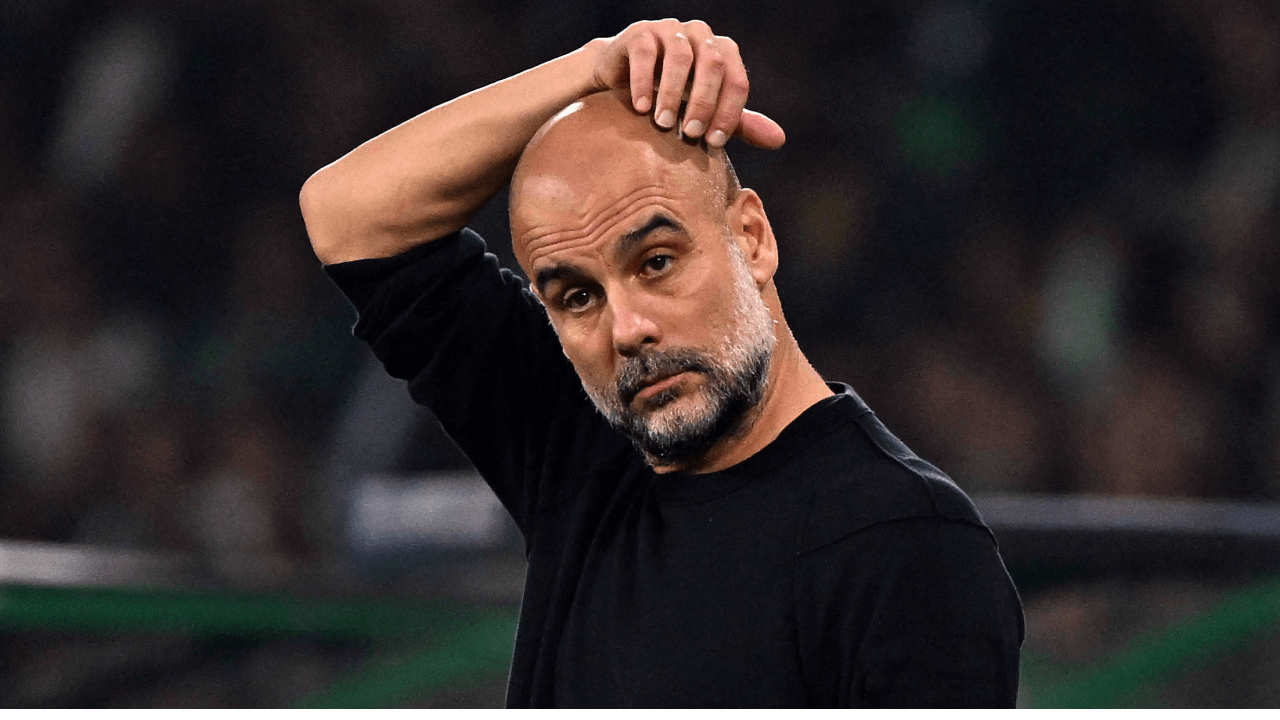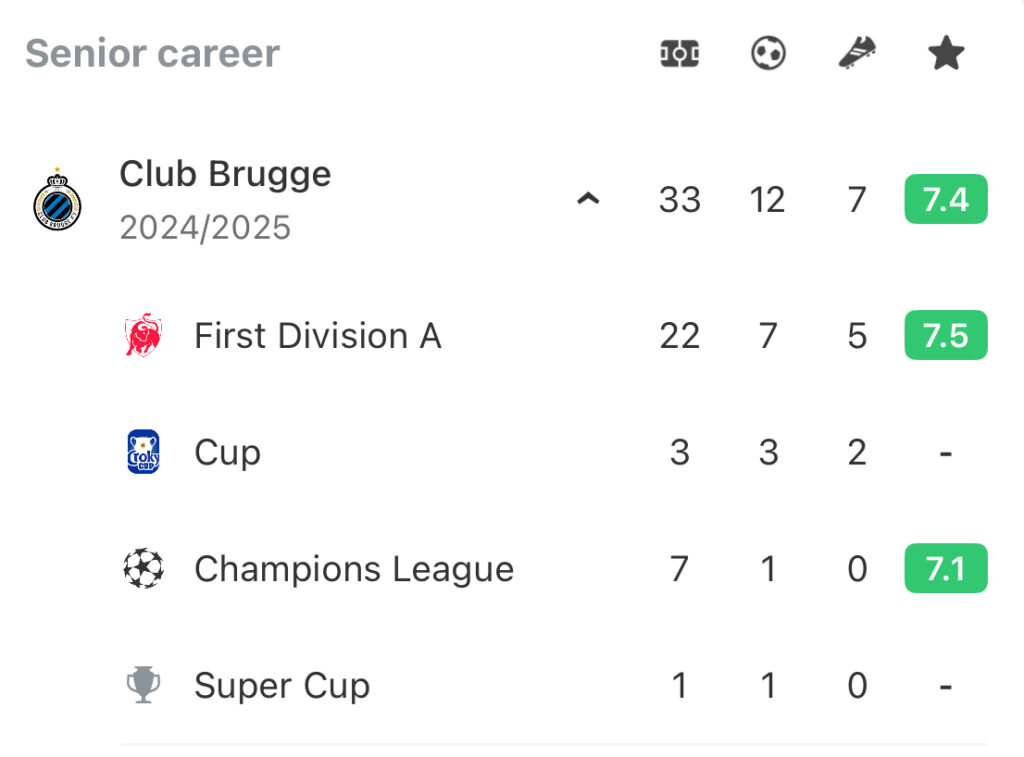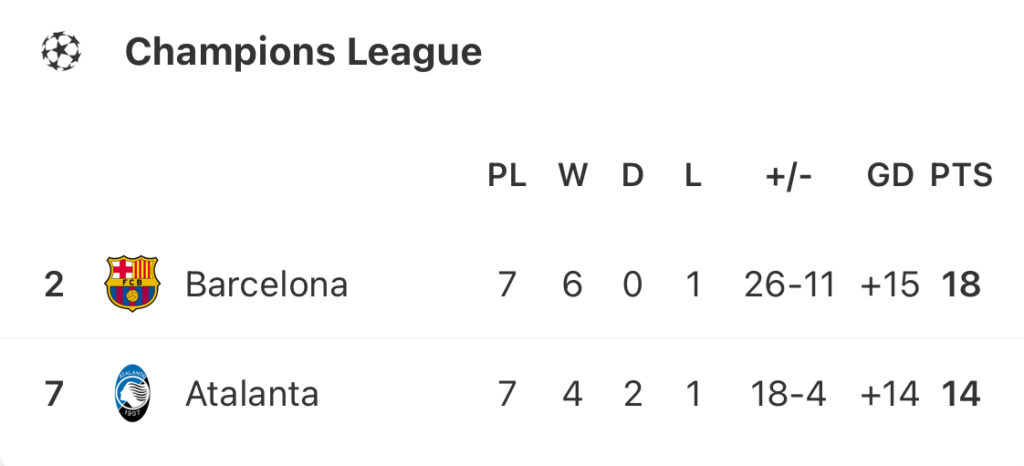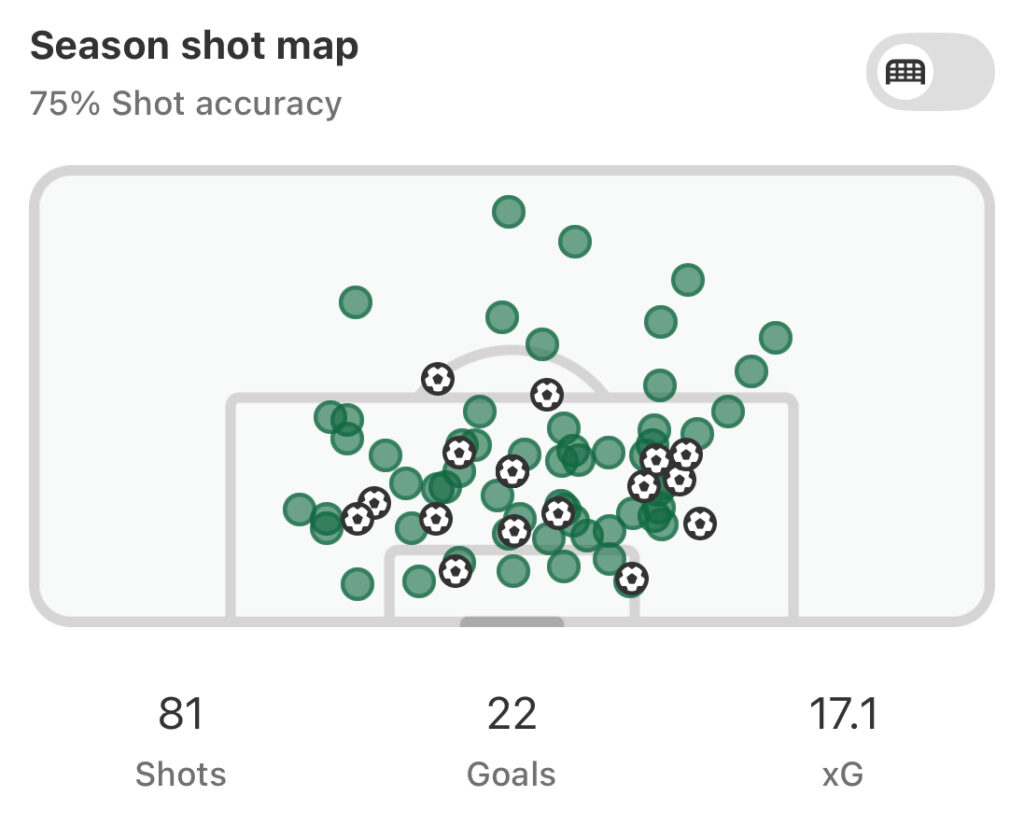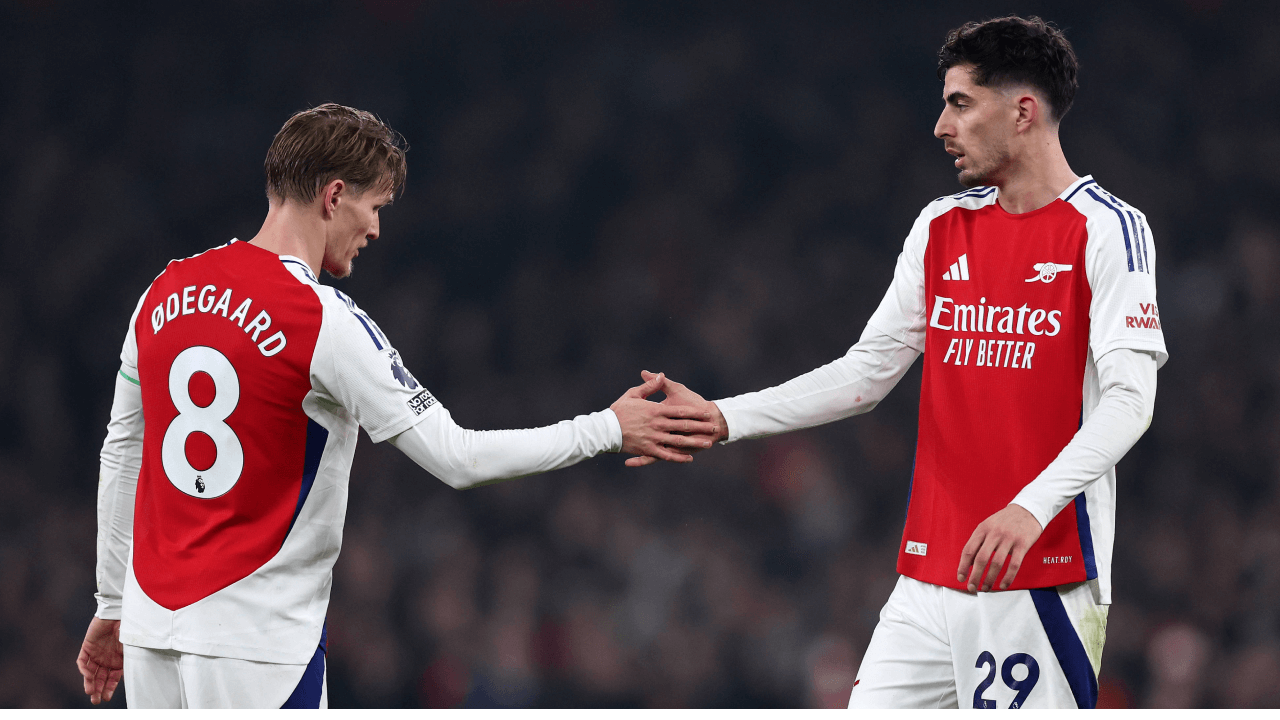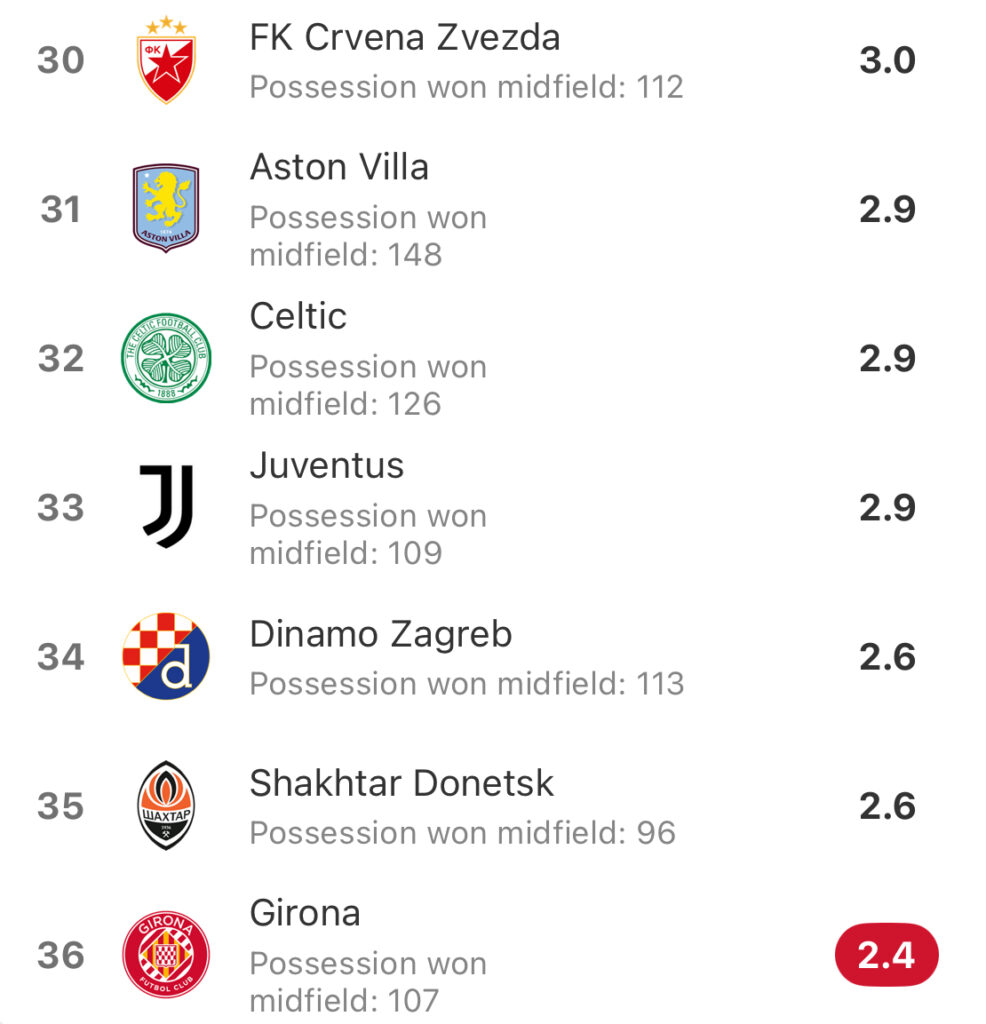Antony’s Manchester United nightmare is over after joining Real Betis where the Brazilian winger will attempt to revive his elite level career.
By the looks of it, Real Betis scrimped on their video to announce the loan signing of Antony. The low-budget production showed the Brazilian winger standing behind a series of pictures illustrating every club he has played for to this point. Manchester United, of course, didn’t scrimp when they paid €95m for the same player.
Antony was a flop at Old Trafford. An expensive one. He will be widely remembered as the worst-value signing in Premier League history, scoring just 12 goals in 96 appearances over two-and-a-half seasons. For €95m, United thought they were getting a match-winner. Instead, they got a one-dimensional show pony with no final product.
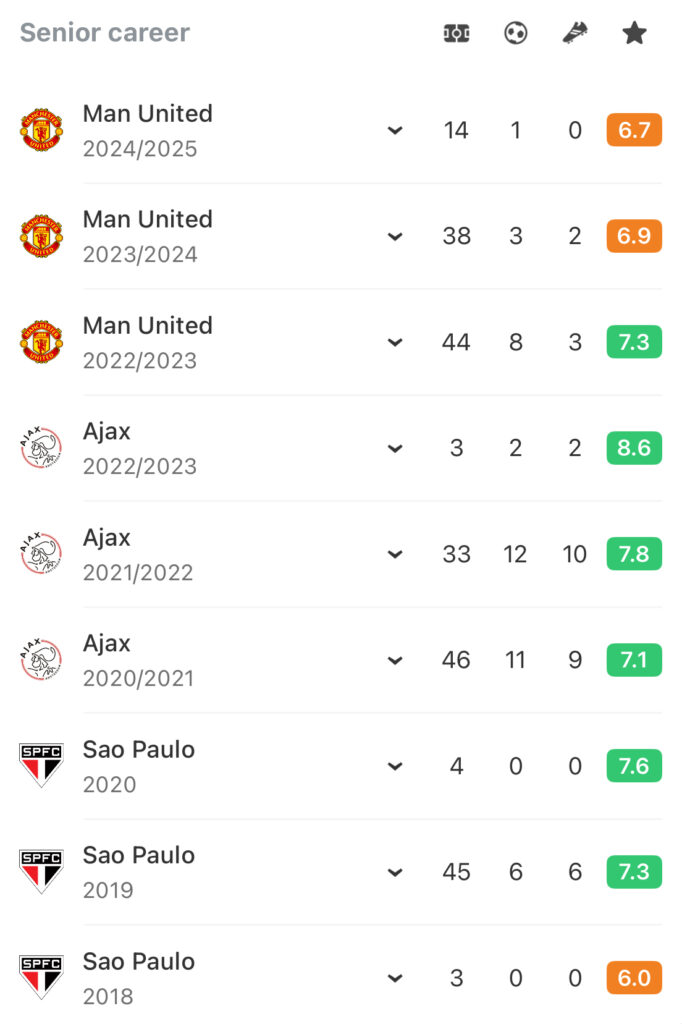
At Ajax, Antony was a different proposition altogether. The 2021/22 season saw him register 22 goal involvements in all competitions. He was an important part of an exciting and dynamic team coached by Erik ten Hag that won the Eredivisie and made an impression on the Champions League.
Now that his Manchester United nightmare is finally over, Antony can focus on rediscovering the form that made him such a standout performer for Ajax, and Betis could be a good fit. The Brazilian might never justify the €95m fee United paid for him, but he could still become a difference-maker again.
This season has been a frustrating one for Betis. Currently sitting 10th in LaLiga, Manuel Pellegrini’s team have struggled for consistency over the course of the campaign. Los Verdiblancos looked to have turned a corner before Christmas, going six games unbeaten in all competitions. Since then, though, they have lost three of their last four.
The right wing has been a problem position for Real Betis. Seven different players – Pablo Fornals, Chimy Ávila, Jesús Rodríguez, Giovani Lo Celso, Iker Losada, Aitor Ruibal and Rodri – have occupied that place in the team this season and so the hope is that Antony will make the position his own.
Betis need a way to create more opportunities in open play. The Seville-based team are ranked 12th for open play chances in LaLiga this season and so the hope is that Antony’s ability in possession will help improve this. The Brazilian is in the 89th percentile for touches per 90 minutes among players in his position. Pellegrini will allow him to take plenty of touches in his set-up.
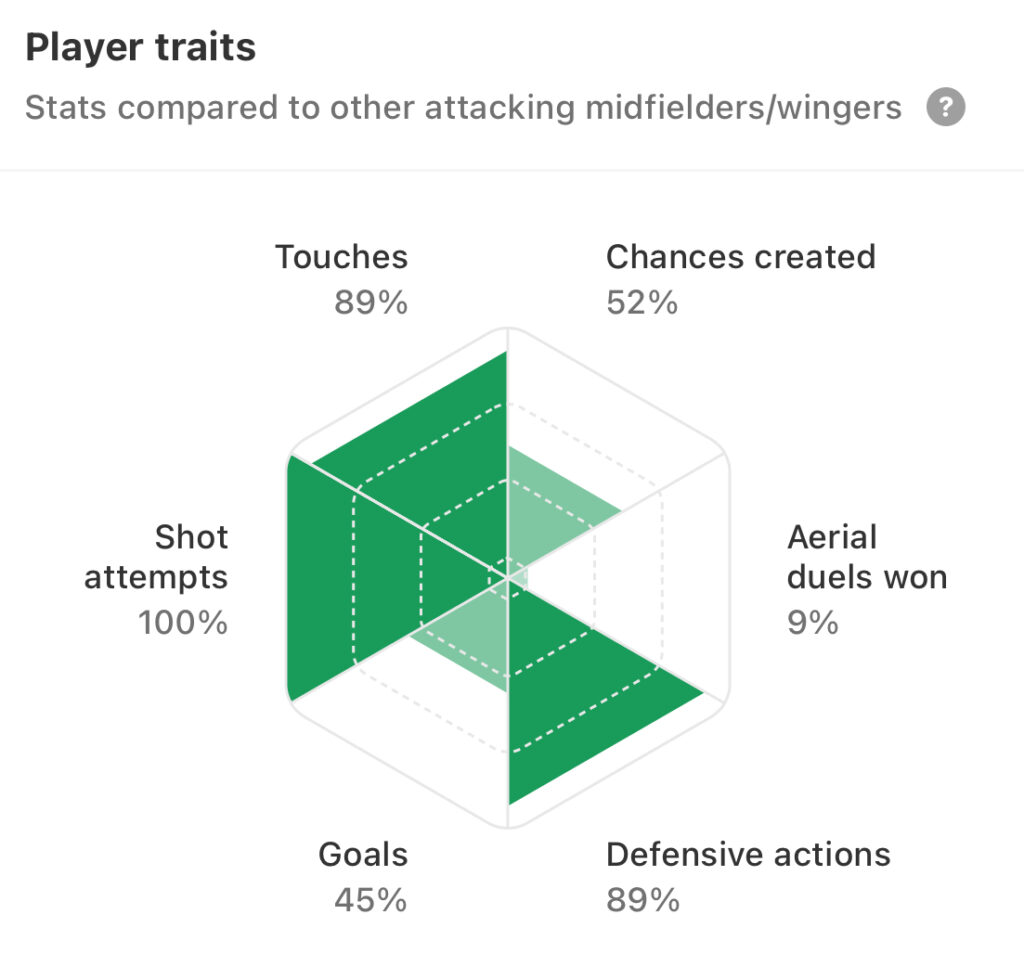
43% of Real Betis’ attacks this season have come down the left side where they have Abde Ezzalzouli to carry the ball and get forward at pace. No other team in LaLiga this season has been more left-leaning, not even Real Madrid who have Kylian Mbappé and Vinícius Júnior on that side of their team.
On the right side, though, Real Betis are less likely to pose a threat. Only Las Palmas, Getafe and Real Madrid are averaging a lower percentage of right-sided attacks in LaLiga this season, highlighting Los Verdiblancos’ need for someone to balance out their forward line. This requirement led to the loan signing of Antony.
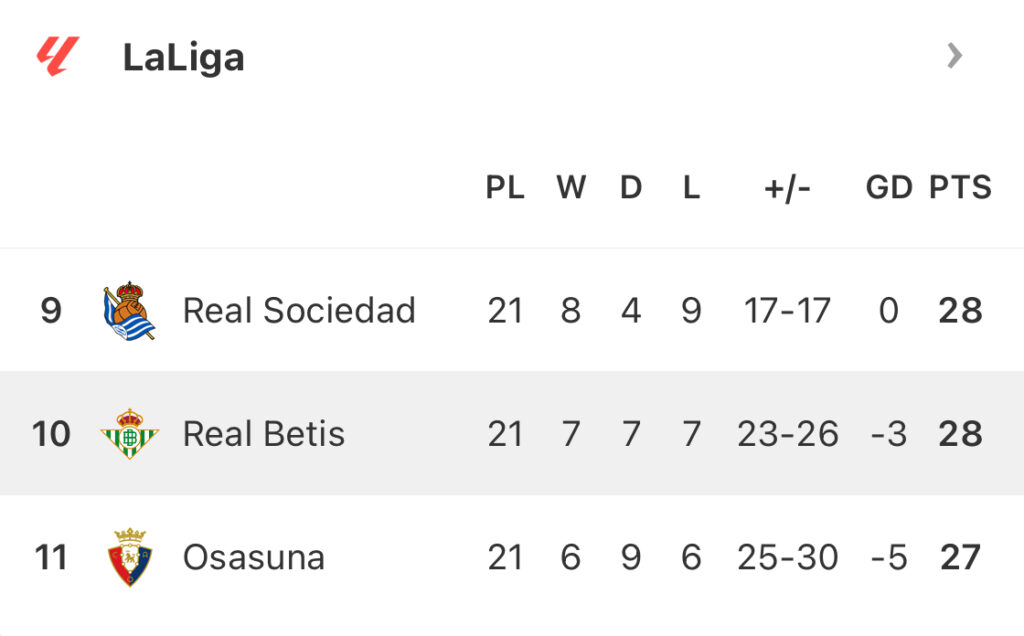
Ultimately, Antony became a symbol of the mistakes made by Manchester United in recent times. His signing was reflective of the chaotic nature United approached the transfer market, joining for €95m just two months after Ajax had originally quoted the Old Trafford club €50m. Manchester United’s indecision cost them tens of millions.
Ten Hag was also the one who pushed for Antony to join him in the Premier League, retrospectively highlighting the Dutchman’s excessive say over United’s transfer strategy. Indeed, the club made a habit of signing players who had previously worked under ten Hag without much research of their own.
Manchester United have now been left to pay for their transfer market recklessness. While Real Betis will pay a percentage of Antony’s wages, they have only signed him temporarily until the end of the season. Recouping a respectable portion of the €95m fee paid for the Brazilian winger remains a challenge. There will be PSR implications as long as Antony is on the wage bill.
None of this is Antony’s problem, though. The 24-year-old could be liberated by his departure from Old Trafford in the same way Scott McTominay, Romelu Lukaku, Aaron Wan-Bissaka, Antony Elanga, Andreas Pereira, Chris Smalling, Matteo Darmian and Memphis Depay among others have been over the years.
In Real Betis, Antony has joined a vibrant club with a real connection to its local community and fanbase. He will be embraced by the Benito Villamarín faithful, and by a manager who could get the best out of him in the way ten Hag and Rúben Amorim never did. After Antony’s Manchester United nightmare, this could be a dream move.
(Cover image from IMAGO)
You can follow every game from LaLiga on FotMob – with in-depth stat coverage including xG, shot maps, and player ratings. Download the free app here.
